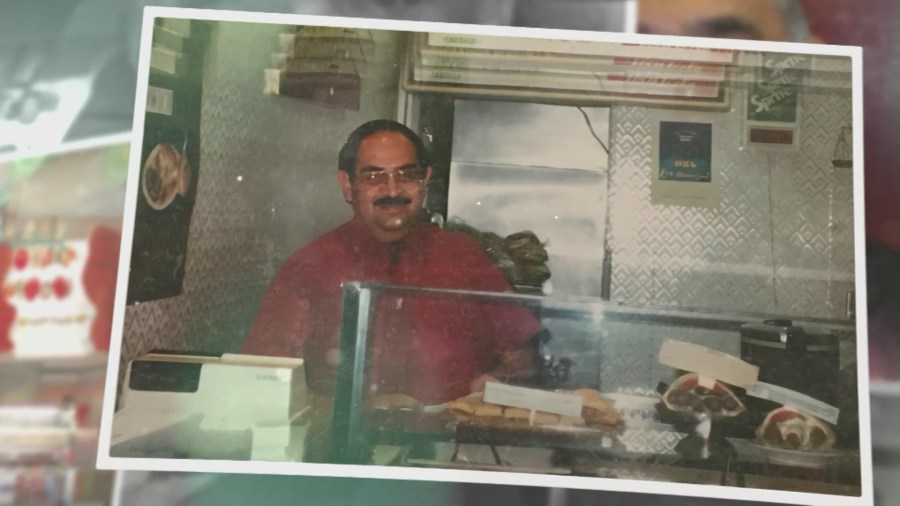The kebab, a 10th-century Middle Eastern tradition, is a centerpiece at many Armenian family gatherings.
Meat grilled on skewers on an open fire and served with vegetables and rice is a concept that was taken mainstream in the Los Angeles area by Hacop “Jack” Baghdassarian, the founder of Massis Kabob.
Baghdassarian opened his first kabob stand at the Glendale Galleria food court in 1976.
“Dad wanted to have something that was Armenian in this brand-new shiny mall,” Peter Baghdassarian recalls.
Brothers Gevik and Peter, who are carrying on the legacy, say it was always their father’s dream to sell a taste of their culture to the masses back when Armenian food really wasn’t easy to find.
And it wasn’t an instant success.
It took Hacop many years of working seven days a week as an immigrant with only an 8th-grade education.

“At this point, I guess you could say he’s got nothing to lose, or he’s got everything to lose. He’s got young kids, and he’s got to make it work,” says Peter.
“He worked his tail off,” Gevik recalls. “He was the first one in and the last one out and made sure he was always there. If an employee called in sick, he would cover for them.”
That hard work and dedication eventually paid off. Now, 50 years later, Massis Kabob is a household name with seven locations in the Southland.
Hacop passed away in 2017 at the age of 69.
He is remembered as a family man and a philanthropist who donated to countless local schools, scholarships and community organizations, leaving a legacy of bridging cultures through food: Armenian style.
Gevik says he is proud to carry the Massis Kabob brand and his father’s mission into the future.
“It’s happy for us to be here on a Sunday … to see blue-collar families coming in, having a nice meal, sitting down, eating the food that we ate at home. These are non-Armenians and non-Middle Easterners. It’s not their go-to food at home, and it’s such a nice feeling to share that experience.”
This story is part of KTLA 5 News coverage of Armenian History Month.












